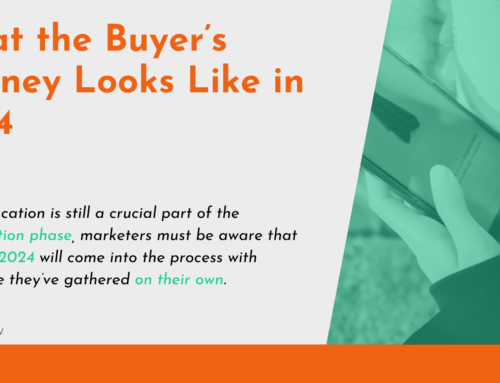
More and more businesses are beginning to reopen their doors to consumers across the country, prompting economists to proclaim the coming economic bounceback. While shopping may continue to look different for many in various ways, marketers must be prepared for the expected sales increase that’s sure to come.
However, just as we can’t expect to immediately go back to “business as usual,” we also can’t expect to go back to marketing as usual. The entire business landscape has changed. In fact, if you took this opportunity to pivot your business, then your products and messaging are also different. As you begin to ramp up marketing for the economic bounceback, you should be aware of the various differences you’ll encounter with your marketing tactics and techniques.
Changes Likely to Stick
As you create new marketing campaigns for your brand, consider that some of the changes that have occurred during the pandemic could stick around for good. For instance, 31% of households turned to online grocery delivery services. The convenience they discovered could convince them to continue this practice even as restrictions lift and the number of new coronavirus cases declines.
In fact, over half of US and UK shoppers say they intend to continue shopping online even after the pandemic ends, for everything outside of groceries, including clothing, home goods, pet supplies, and technology.
Consumers also discovered new direct-to-consumer brands when their standard shopping choices sold out of essentials needed, such as hand sanitizer, cleaning supplies, and toilet paper. The convenience and cost savings that DTC brands can provide, as well as a brand story that legacy brands often fail to present, has many buyers saying they’ll continue seeking out direct-to-consumer options.
Consumer Opinions Are More Important Than Ever
Your brand’s actions and reactions during the pandemic and after will have a bigger impact on consumer opinion than ever before. Six out of ten buyers say that how a brand treats its employees, provides safe options for buyers, and conveys its message can affect their trust in that brand.
Messaging must take these new emotions into account. Any brands seen to practice price gouging, failing to keep employees and customers safe, doing nothing to benefit their communities, or otherwise practicing opportunistic behaviors receive low trust marks from consumers.
Social media gives buyers the opportunity to witness these behaviors and share them across various platforms. Practice social listening to ensure your brand is portrayed in a positive light. Be prepared to answer for your actions early and often. Finally, create content that addresses consumers’ concerns before they have a chance to complain.
Getting ahead of those opinions is—and will remain to be—vital.
Plan for Staggered Pacing
While the reopening of the economy is considered national, not everyone is returning to business at the same speed. Areas with lower concentration of illness could see buyers back in force within a few days, while hotspots apply the brakes.
To make the situation more difficult to predict, some of the unaffected areas of today could experience increases in coronavirus cases next week or next month, effecting another brief shutdown of businesses.
You must take these differences into account as you prepare your marketing campaigns so that you can target buyers at the right time. How frustrating—and irrelevant—would an in-store discount be to consumers who can’t yet get to a store?
Segmenting your buyers in different ways for both email and social marketing campaigns can help you reach geographic locations at just the right time for the economic bounceback in those areas. You can encourage store visits with discounts for those who are able to shop in person, while sending or promoting online discounts to areas that are not yet able to visit physical locations.
Be nimble. Be compassionate. Be prepared.
And if you need some assistance organizing your marketing for the coming economic bounceback, reach out. We’re here to help.





